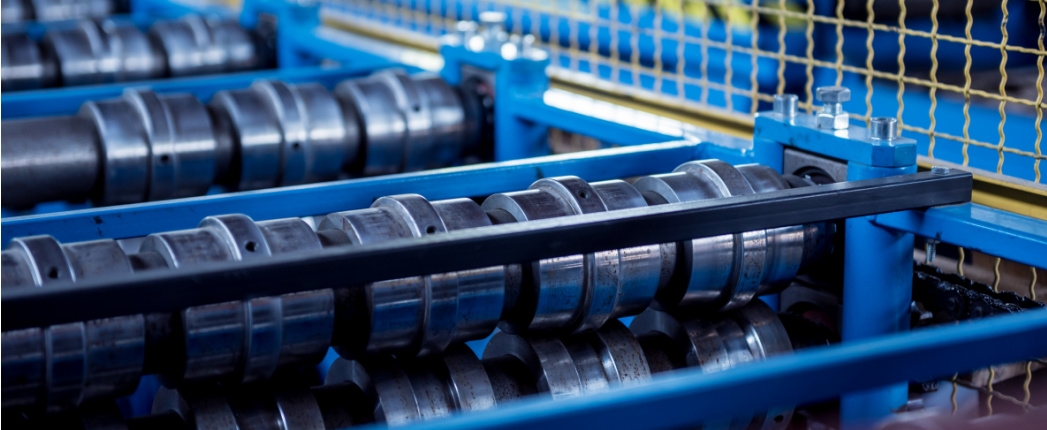
Aug. 14 is the deadline for comments on a European Chemicals Agency draft opinion on a proposal to restrict medium-chain chlorinated paraffins and other substances containing chloroalkanes with C14 to C17 range carbon chain lengths.
The committee supports an option allowing for a seven-year transition period for their use in metalworking fluids, due to the difficulty in finding alternative extreme pressure additives.
According to the agency, the proposed restriction aims to assess and address the potential risks to human health or the environment arising from the manufacture, use or trade of medium-chain chlorinated paraffins – defined in the candidate list as substances that are at least 80 % linear chloroalkanes with carbon chain lengths within the range from C14 to C17.
Chlorinated paraffins are alkanes that have carbon chains ranging from 10 to 38 atoms and varying degrees of chlorination. Those with lengths from 14 to 17 are classed as medium chain. Chlorinated paraffins are used in metalworking fluids as extreme-pressure agents, especially for difficult drawing, forming and removal operations. Metalworking fluids thus fortified are often used to machine titanium alloys, stainless steels and other metals, because they protect tools and components from friction, wear and overheating at high speeds and intense pressures.
The restriction proposes two restriction entities options. Option A would be a ban on manufacturing and placing on the market substances, mixtures and articles containing more than 0.1% of chlorinated alkanes that have carbon chain lengths from C14 to C17 with bioaccumulative and toxic and/or very persistent and very bioaccumulative properties. The ban would apply after a two-year transition period.
Option B proposes a ban on solely placing on the market – and not on manufacturing of – substances, mixtures and articles containing more than 0.1% of such chlorinated alkanes. The ban would apply after a two-year transition period, except for metalworking fluids, where a longer transition period of 7 years could be considered.
The agency’s Committee for Socio-Economic Analysis, SEAC, said it considers that the proposed restriction Option B is the most appropriate European Union-wide measure to address the identified risks, as concluded by the agency’s Committee for Risk Assessment.
“SEAC’s conclusion is that the restriction option B with a transition period of 7 years is the
preferred option, as it takes into account that alternative extreme pressure additives may not be readily available for all types of metal working fluids, and so recognizes that for this use, a
transition period longer than 2 years is needed,” the Committee for Socio-Economic Analysis stated in its draft opinion. “Finally, SEAC notes that a ban on manufacturing, formulation and production of articles could have been proposed under option B to further reduce the releases in the EU, in line with the overall restriction proposal’s goal to minimize emissions of [bioaccumulative and toxic] and [very bioaccumulative] substances. SEAC therefore considers that a ban on manufacturing, formulation and production of articles under option B should be introduced once the transition period for the metal working fluids ends, to further minimize the releases.”
Comments received by the agency will be considered before adoption of the final opinion of the committee in September. The agency will then send the final opinions of the Committee for Risk Assessment and the Committee for Socio-Economic Analysis to the European Commission. The commission will then make the final decision on if to include the proposed restriction in Annex XVII of the Registration, Evaluation, Authorization and Restriction of Chemicals regulation. For more information, visit the European Chemicals Agency website.